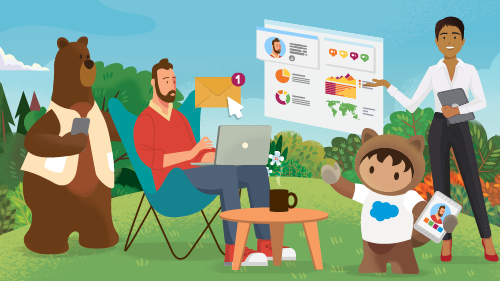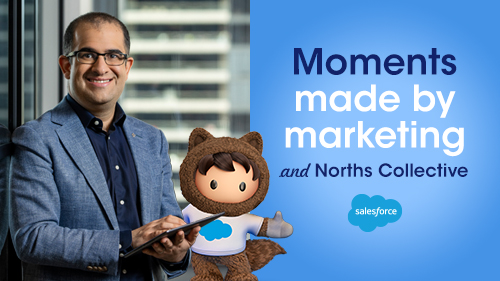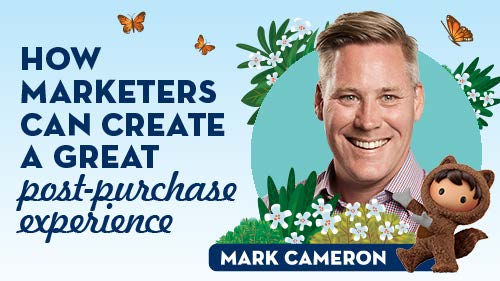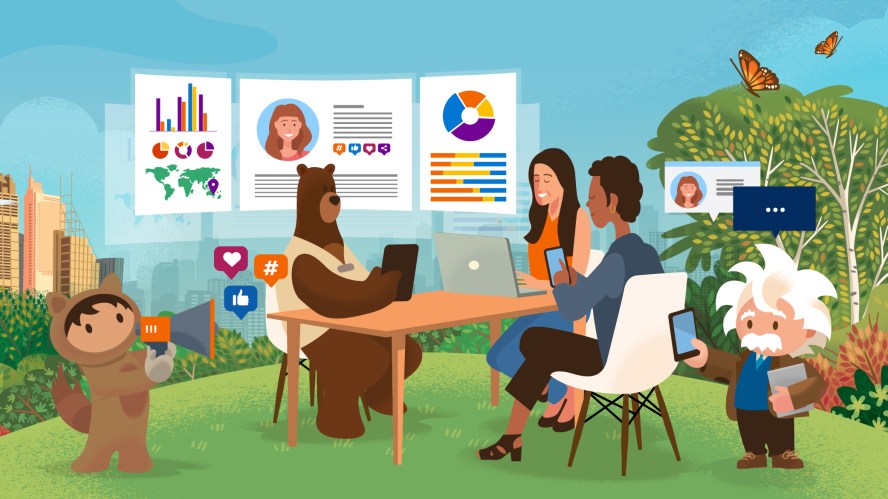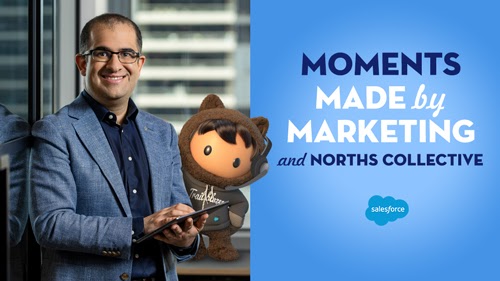How Customer Satisfaction Builds Better Brands



It all started with a carry-on bag. It's one of my favourites — a dark navy with black piping by a well-known luggage manufacturer. I I splurged and paid quite a bit but felt reassured as it came with warranty and assurance by the sales rep that I wouldn’t even be needing it. I felt good about my purchase and even better about the brand.
Salesforce Staff
Coming back from a work trip, the zipper broke. And when I say broke, I mean ripped apart. I thought little of getting it fixed because of the investment I had made. That is, until I tried to do it.
Their customer service took three days to respond to my web-chat inquiry, and then told me that this wasn’t their area and that even under warranty, I would need to go to one of their licenced “repairers” myself, pay for it upfront and be reimbursed later. Yes, this was part of their warranty policy.
In today’s marketing reality, it still surprises me how little some brands care about customer satisfaction.
Having satisfied customers helps create a loved brand, but many brands still aren’t making a great customer experience a part of their marketing program. Marketing teams have a big role to play when it comes to creating this customer satisfaction. With the digital tools at our disposal, we can create the kind of experiences that keep customers satisfied and coming back for more. Here’s how any marketer can do it.
1. Do it in REAL TIME or… delay it a little
Customers want to be heard in the moment, and they expect problems to be solved whip-fast.
In Salesforce’s most recent State of Marketing Report, data supports that assisting customers in real time is almost every marketer’s number one priority. It is also, unfortunately, every marketer’s biggest challenge. Having worked as an external marketing agency for a ride-share start-up, this was a constant problem. They needed someone on top of their digital channels and e-mails 24/7, every day, weekend, public holiday — ready to deal with any and all issues.
There are ways around having a constant “face” though. If your team is small, and unable to cater to needs straight away — be upfront about it. Customers will appreciate that far more than businesses who don’t bother to engage at all. Facebook chat allows you to prompt customers with a greeting message straight away letting them know how soon you will get back to them.
In Australia, not enough marketers are taking on this level of care on and really rounding out their customer experience — with only 48% saying they engage with customers in real time across one or more channels as opposed to Singapore (57%), India (59%) and Mexico (62%). As we found working with a rideshare, providing consistent attention was costly but often an opportunity to really strengthen community ties and impede customer attrition.
2. Get personal with personalisation
Cotton On lets me personalise a Milo can for my kids. Tiffany & Co. and Apple have been doing engravings since forever. Koala mattresses creates personalised discounts with your name in it. Marketing personalisation is a great way to remind customers that they are special, and it often takes a lot less effort than one assumes.
In Salesforce’s report, 86% of marketers reveal that introducing personalisation has improved their overall marketing program. That’s no surprise. It used to be a crowning cherry but now it is becoming a compulsory aspect of any marketing activity.
Technology such as Salesforce can help you to discover all the necessary data in order to personalise your offerings. For instance, I loved reading about The Wests Group Australia who manages a wide range of Newcastle accommodation and entertainment venues such as the Balance Collective chain of fitness centres. Using Salesforce’s Marketing Cloud, they were able to create unique, personal journeys individualised to its customers by pulling together data from multiple sources like ticket sales and membership stats. Using that data, Wests sent out personalised text messages to customers reminding them of key details about the upcoming game like kickoff time, as well as providing recommendations on what they might like to do next.
If you’re keen to get started with personalisation but you’re on a small budget or starting out — tech isn’t always the answer. You can easily look into how your customers are using, customising your products via social media or conduct simple market research and surveys with your customers over e-mail or through 1-on-1 interviews. Keep in mind however, brands should be careful not to try to personalise what or why a customer should engage with you or be too reliant on customer data.
3. Talk to each other, not just your customers
Interdepartmental relations are a must if you want to satisfy your customers all the way.
Many businesses suffer from silo syndrome. It seems a global issue with only 55% of marketing teams making it a habit and a priority to work with other teams in managing and responding to inquiries and issues over social media, according to the State of Marketing Report. In fact, many seem to believe that if we huddle within our own departments, and only resolve issues within our own remit — we’ll be just fine.
It’s critical not just for sales, marketing and other service areas to march “in tandem” together but for marketers to lead the charge, especially as almost 50% of marketers globally indicate that marketing leads customer experience initiatives. Marketers best understand their customers and audiences and therefore are more readily able to bring about ease and unification for the customer.
When 84% of customers say being treated like a person, not a number, is important to winning (and I imagine, keeping) their business, we should be taking note.
Satisfying your customers is easily executed when we arm ourselves with a plethora of digital metrics, tech tools and a skilled labour force. However, at the heart of it, we can achieve a lot more when we really think about why the customer with “the broken zipper” is coming to us. What brought them to us, and what we can do to help achieve the best, and fastest solution for them with all the tools at our disposal?
When we do that, we can truly start creating truly satisfied customers.
If you think it’s time to start making satisfaction part of your offering, check out the State of Marketing Report and learn from the best.













